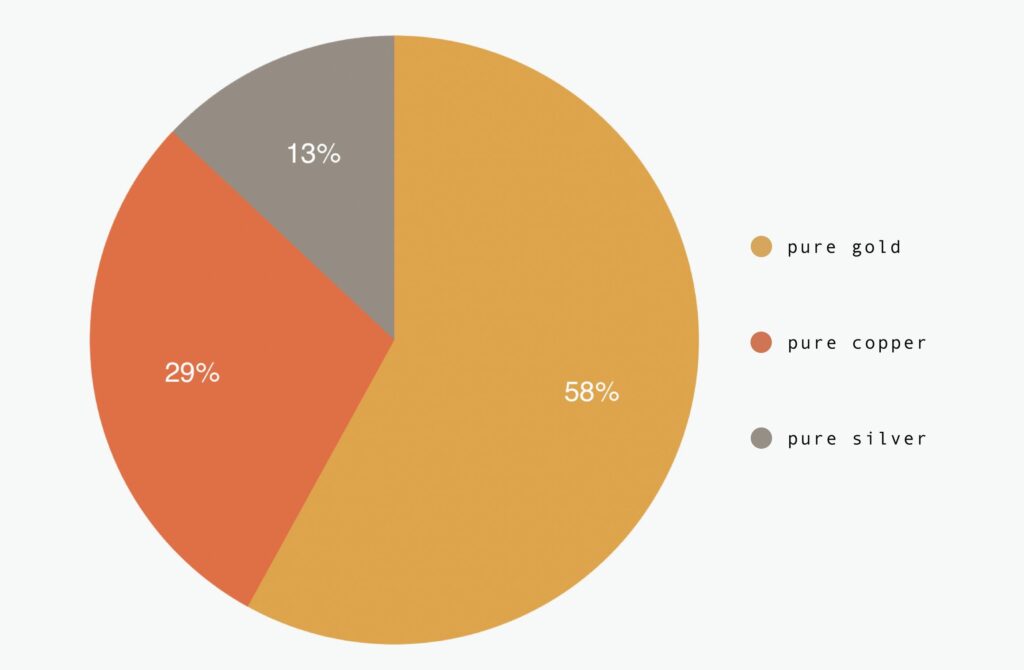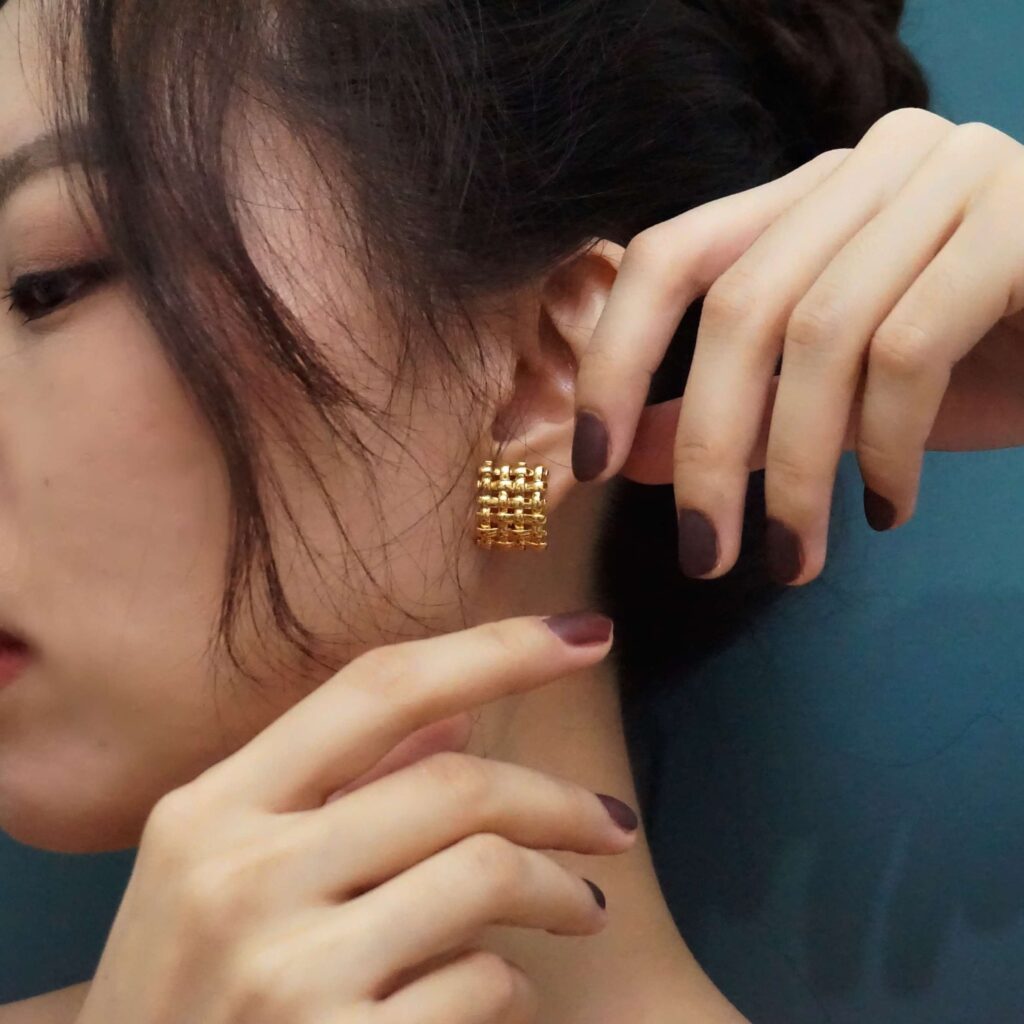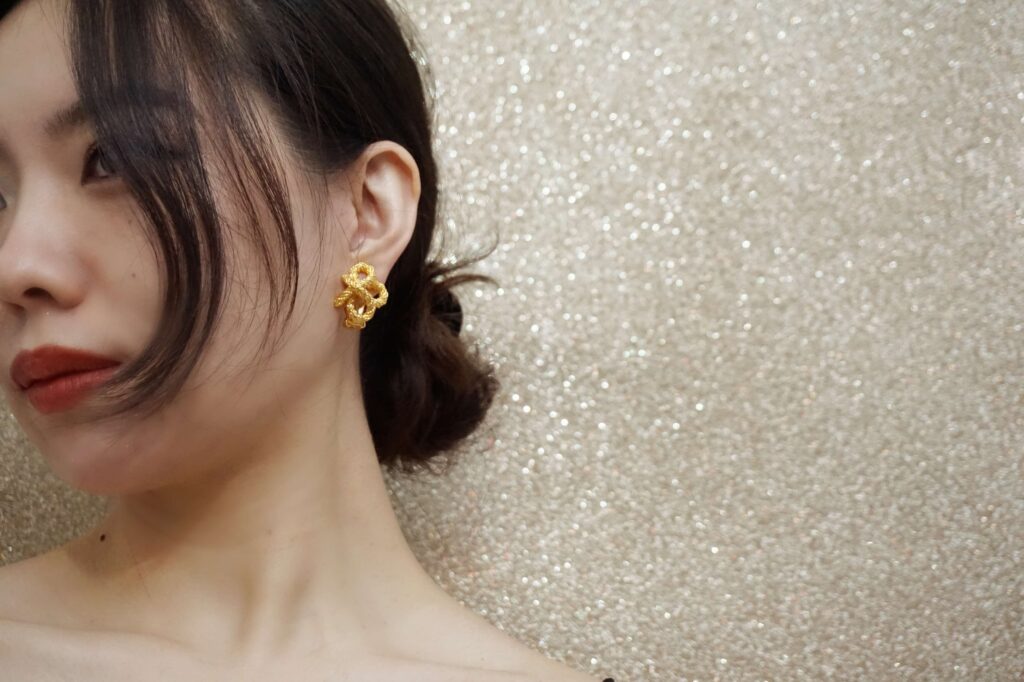14k Gold: Everything You Need to Know
Nowadays, some jewelry pieces are either 14K gold or 18K. What exactly does 14K mean? What are the pros and cons of it? We’ll make it crystal clear.
What is 14K gold?
It is the most commonly used gold for jewelry settings. Gold itself is relatively soft, so the alloying metal strengthens the composition. 14 Karat specifically refers to a metal mixture containing 58.3% gold. It is used to create engagement rings, eternity rings, pendants, earrings, and other fine jewelry pieces. Made of 14K gold, the metal is both beautiful and durable enough for everyday wear.

Is 14K gold real?
Yes. It is definitely real gold. Almost no jewelry is made from 100% pure 24K gold. The reason is simple: pure 24K gold is extremely soft and easily scratches, deforms and bends.
Is 14K gold worth anything?
While it’s not the most expensive gold out there, it is still valuable as it contains real gold. The value of a piece is also dependent on its history, condition and composition.
How long will 14K gold last?
It will last a long time. The silver and copper in the alloy enhance the structural integrity of the metal, which means it is less likely to lose shape or scratch. It will definitely not fade, as the amount of gold present will avoid years of tarnishing. The higher the carat of a piece, the less likely it is to tarnish it. That being said, you may see some tarnishes after years – but it’s not something you can’t take care of at home.

Pros and cons of 14K gold
Pros of 14K gold
Durability. Because of the added metal alloys, 14 carat gold is significantly more durable than 18k or 24k gold. This gives it resistance to scratches and dents.
Cost-effective. Choosing 14 carat gold is not only great for the durability of your ring, but it’s also a fantastic choice for your wallet. In general, it is the perfect balance of strength, longevity, and value for your money.
Affordable. Since 14K contains less gold than 18K, it’s also more affordable.
Cons of 14K gold
Maintenance. The biggest disadvantage is that it will need to be polished over time to maintain its shine and beauty.
Irritability. Another downside is that it can trigger some people’s skin irritations or allergic reactions. Because 14K gold has a mixture of other alloys (nickel, copper, etc.), those who suffer from allergic sensitivity to one or more of these metals may experience irritation.

FAQs about 14K gold
Can I wear 14K gold every day?
Yes, you can. Due to the addition of metal alloys, 14 carat gold is more durable than 18k or 24k gold. This makes it resistant to scratches and dents. If you wear an engagement ring or wedding ring every day, it can easily wear out and tear. Therefore, 14 carat gold will be the best gold choice to maintain its beautiful luster and color. Keep in mind that the higher the carat, the less durable the metal.
14K vs. 18K gold: Which one should I choose?
The difference between 18 and 14 carat gold is the content of pure gold. Any 14 carat gold jewelry has a gold content of about 58%, while an 18K jewelry has a gold content of about 75%. Due to its higher gold content, 18K will be slightly darker than 14 carat gold color. Both of 14 carat and 18 carat are two materials of better quality and more commonly used in everyday life. Overall, you can choose according to your style, budget.
What’s the difference between 10K, 14K, 18K, and 24K gold?
Gold and gold alloys are measured by the percentage of pure gold per other elements. The purest gold is 24k, which has 24 out of 24 parts gold with no other metals present. The next purest gold is 18k, which has 18 out of 24 parts gold, and carat gold and 10k follow the same standards.
10K gold is the lowest solid gold alloy used for jewelry. It’s composed of 41.7% gold and 58.3% alloy.
14K gold is the most commonly used one for jewelry settings. It’s composed of 58.3% gold and 41.7% alloy.
18K gold is one of the less commonly used types of gold since it costs more than 14-carat gold but doesn’t offer many additional benefits. It’s composed of 75% gold and 25% alloy.
24K gold is pure gold. It has absolutely no alloy added to it.
